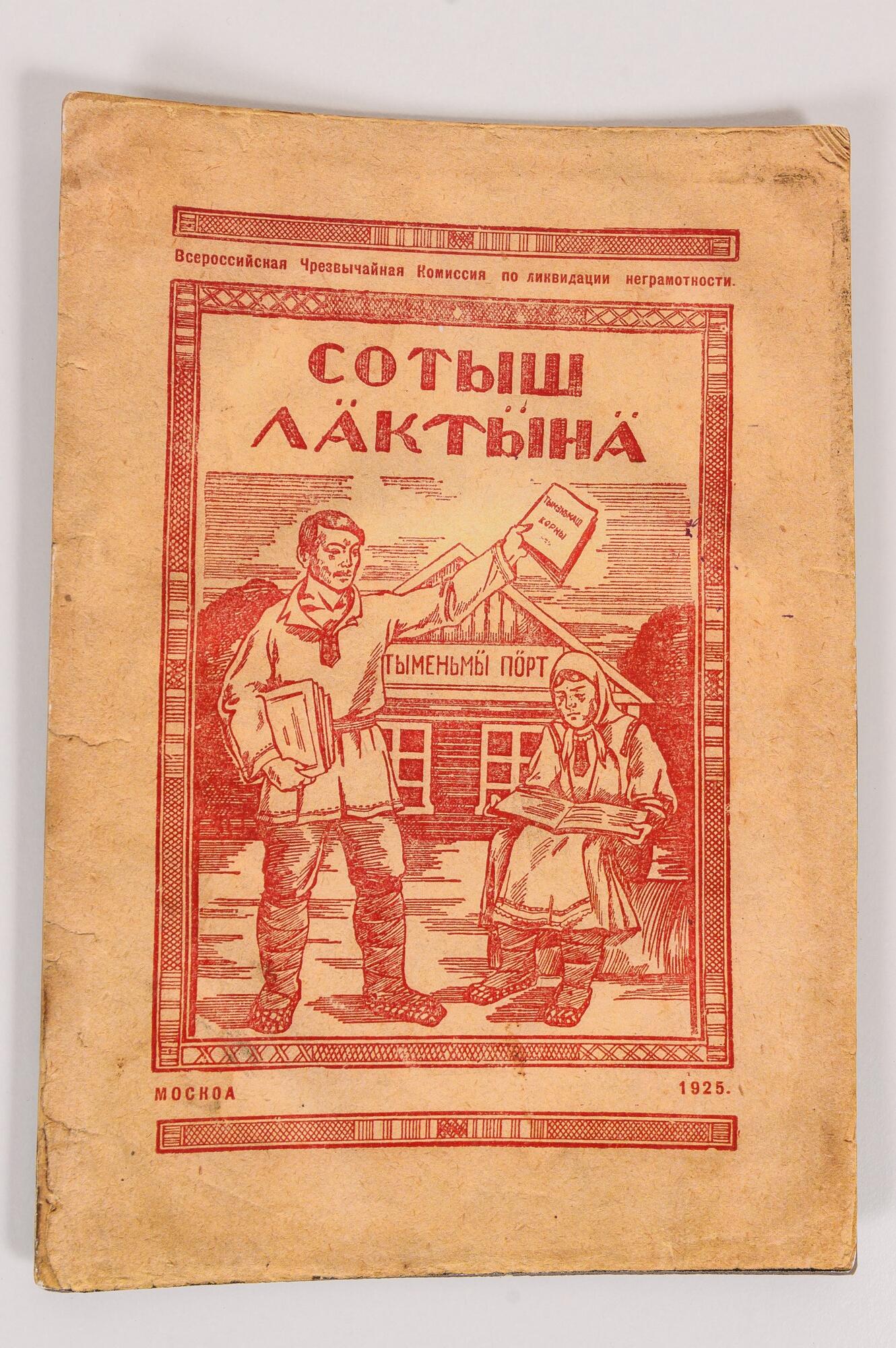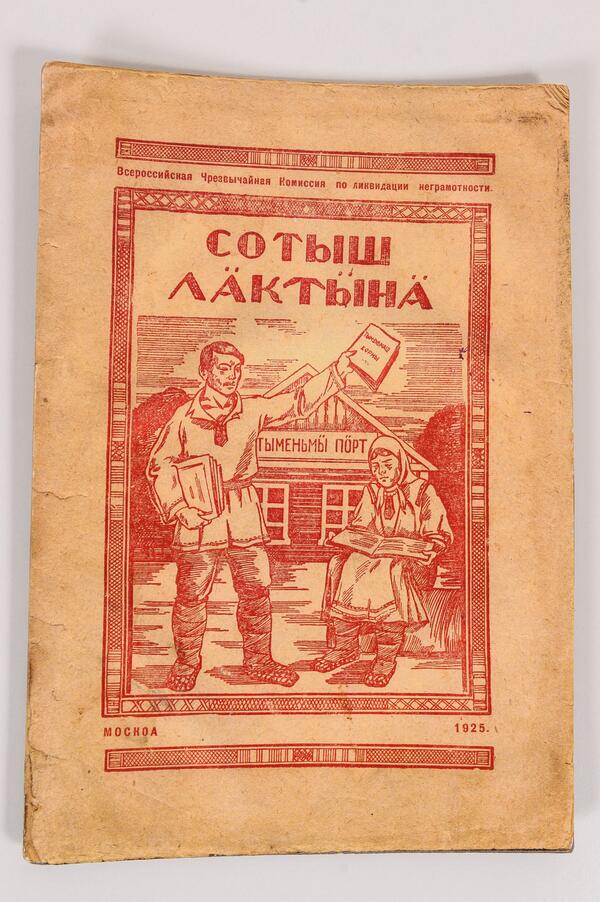On December 26, 1919, Vladimir Lenin, chairman of the Council of People’s Commissars of the RSFSR, signed a decree “On eradication of illiteracy among the population of RSFSR”. For this purpose, a special commission was created at the People’s Commissariat for Education — it was responsible for establishing literacy courses, training teachers, and distributing textbooks.
Likbez commissions were established in Mari El in early 1920. They kept records of the illiterate population and opened likbez literacy schools for adults. Students attended courses for three or four months. During this time, they learned mental and written calculation, as well as how to read books and newspapers, and write short notes. All women between 22 and 45 and men between 22 and 50 were required to attend the classes.
The attendance rules were strict. If a student missed classes for two days, an official warning was issued. The third warning was accompanied by a fine or overtime work.
As of January 1, 1921, there were 488 educational centers in the Mari Autonomous Region. The end of the year was marked by a severe famine, and the number of literacy schools had to be reduced to 85. By July 1922, there were only three left.
In 1924, a new educational organization appeared in the USSR — the “Down with Illiteracy” society. Four years later it had 84 units across Mari El.
In the 1920s, the Mari Autonomous Region started publishing alphabet books and alphabet cards for illiterate adults. One of such books was “Sotysh Lyaktyna — Entering a Bright Future”. It was written by Vasily Seldyaykin, a teacher at a seven-year school in the village of Yurino.
This period was also marked by changes in the Mari language. Teachers’ congresses developed a draft of a single alphabet, rules of spelling, punctuation, and syntax. At first, experts intended to establish a literary norm for the Mari language, but in the end, there were still two dialects preserved — the Hill Mari and the Meadow Mari languages. Each of them required its own alphabet books and textbooks. In 1925, 81,000 alphabet books were published in the Mari region, 15,000 of them written in Hill Mari.
Likbez commissions were established in Mari El in early 1920. They kept records of the illiterate population and opened likbez literacy schools for adults. Students attended courses for three or four months. During this time, they learned mental and written calculation, as well as how to read books and newspapers, and write short notes. All women between 22 and 45 and men between 22 and 50 were required to attend the classes.
The attendance rules were strict. If a student missed classes for two days, an official warning was issued. The third warning was accompanied by a fine or overtime work.
As of January 1, 1921, there were 488 educational centers in the Mari Autonomous Region. The end of the year was marked by a severe famine, and the number of literacy schools had to be reduced to 85. By July 1922, there were only three left.
In 1924, a new educational organization appeared in the USSR — the “Down with Illiteracy” society. Four years later it had 84 units across Mari El.
In the 1920s, the Mari Autonomous Region started publishing alphabet books and alphabet cards for illiterate adults. One of such books was “Sotysh Lyaktyna — Entering a Bright Future”. It was written by Vasily Seldyaykin, a teacher at a seven-year school in the village of Yurino.
This period was also marked by changes in the Mari language. Teachers’ congresses developed a draft of a single alphabet, rules of spelling, punctuation, and syntax. At first, experts intended to establish a literary norm for the Mari language, but in the end, there were still two dialects preserved — the Hill Mari and the Meadow Mari languages. Each of them required its own alphabet books and textbooks. In 1925, 81,000 alphabet books were published in the Mari region, 15,000 of them written in Hill Mari.


